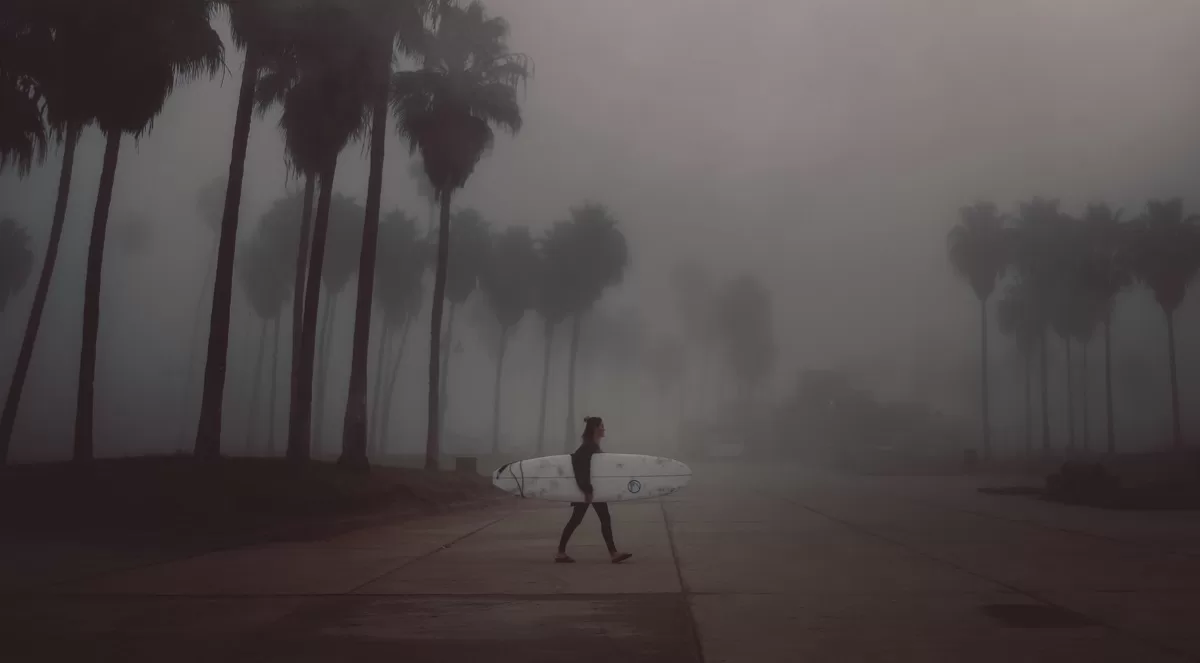Amid unconfirmed reports of at least two people killed in Northern Florida due to weather-related injuries, Tropical Storm Idalia ripped through Georgia and onto South Carolina late Wednesday.
In its wake, the storm left tens of thousands of homes without power.
Hurricane Idalia has moved into Georgia as a Category 3 storm about midday on Wednesday. As Florida officials continue to assess the situation, hurricane-force winds batter the Gulf area and have now crossed state lines, which means intense winds and storm surge is still happening along the Southern East Coast.
Idalia hit Florida early this morning as a Category 3 storm. The projected path of the weather event will take it into the Big Bend communities and then into South Georgia.
Footage from news cameras already show homes underwater and rooftops being ripped off due to strong wind gusts. Authorities are urging people to shelter in place.
Speaking to news media, Tampa Mayor Jane Castor said the city is on high alert due to extensive flooding along waterfront land.
“We expect that ‘King’ High Tide around noon to 1 p.m., and that’s going to bring in several additional feet of water. The flooding that we’re experiencing now is nothing compared to what we’re experiencing now.”
Where Did Idalia Make Landfall?
Idalia made landfall near Keaton Beach, Florida, around 7:45 a.m. on Wednesday, August 30, 2023.
Landfall is expected to present some significant problems for Florida’s coastal regions as well as certain cities and town inland as storm surge could be as high as 16 feet, according to weather reports. If you’re in its way, you should take safety precautions.
Georgia Officials On Alert
Georgia and the Carolinas are both expected to get a lot of rain and strong wind gusts, which is sure to cause major flooding in many communities.
How To Stay Safe During A Hurricane
When it comes to a hurricane or any big storm, there are some practical things you can do to stay safe and protect you and yours.
Wait for the All-Clear
Stay indoors until authorities declare it safe to go outside. Be cautious of downed power lines and other hazards.
Seek shelter in a sturdy building and stay away from windows, glass doors, and skylights. Stay on the lower floors of multi-story buildings to avoid wind exposure.
Check for Injuries
Check yourself and others for injuries. Provide first aid as necessary and seek medical attention if needed.
Avoid Flooded Areas
Stay away from flooded roads, bridges, and buildings. Floodwaters can hide dangers like debris and downed power lines.
High winds can shatter glass and cause debris to fly, posing significant dangers.
Keep enough bottled water on hand for drinking, as tap water might become contaminated.
Inspect Your Home
Check for damage to your home, but avoid entering if it’s not safe. If you suspect structural damage, contact authorities.
Avoid using candles or open flames, as they can lead to fires if gas lines are damaged.
Communicate
Let friends and family know you’re safe. Use social media or text messages to conserve phone battery.
Continuously monitor weather updates and forecasts from reliable sources. Listen to local authorities and follow their instructions and evacuation orders.
Fully charge cell phones and other essential electronic devices in case of power outages.
Assess Food and Water
Assess your food and water supply. If in doubt, throw out perishable items that might have spoiled during power outages.
Flying debris is one of the most dangerous aspects of a hurricane. Secure outdoor furniture and items that could become projectiles.
Final Word
Remember, preparation is key to staying safe during a hurricane season. By following these guidelines and staying informed, you can minimize risks and protect yourself and your loved ones during this challenging weather event.
If flooding occurs, get out of the basement or lowest level of your home and take refuge on higher ground.




